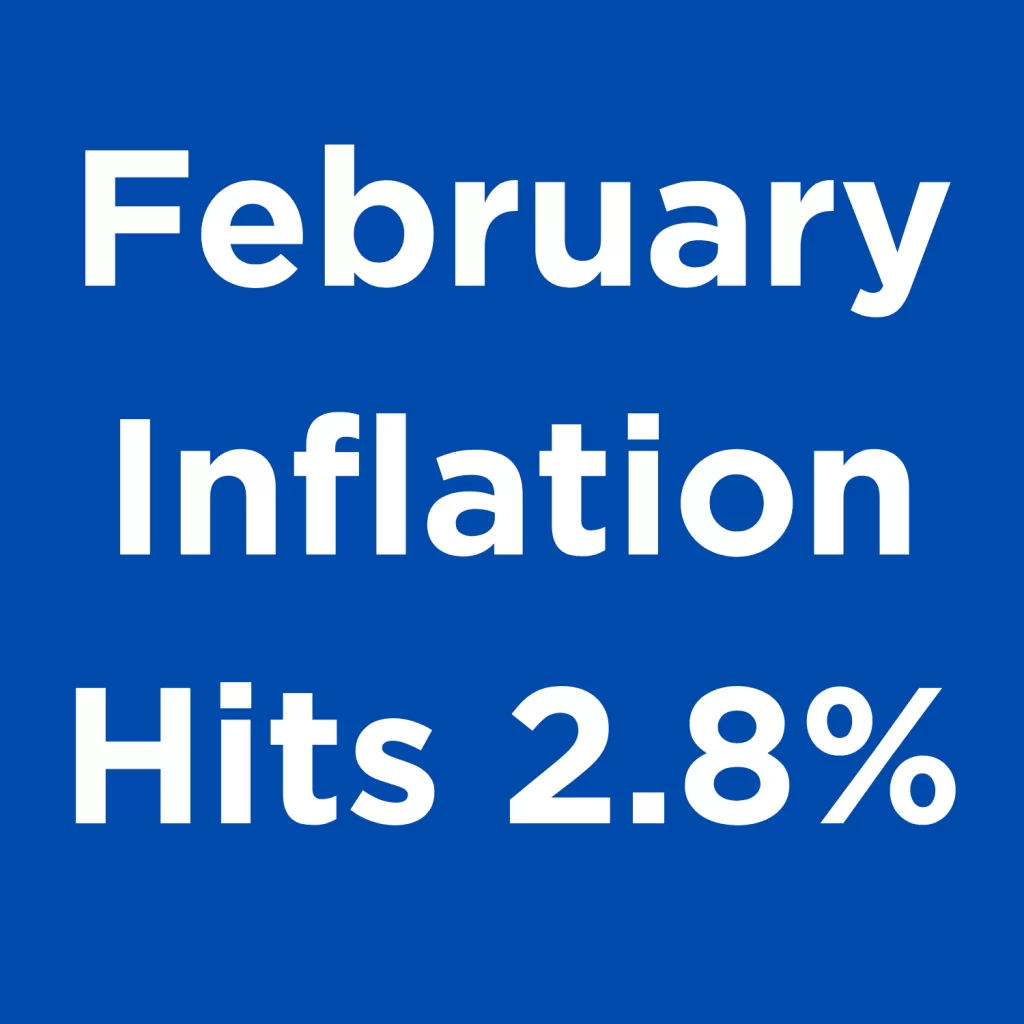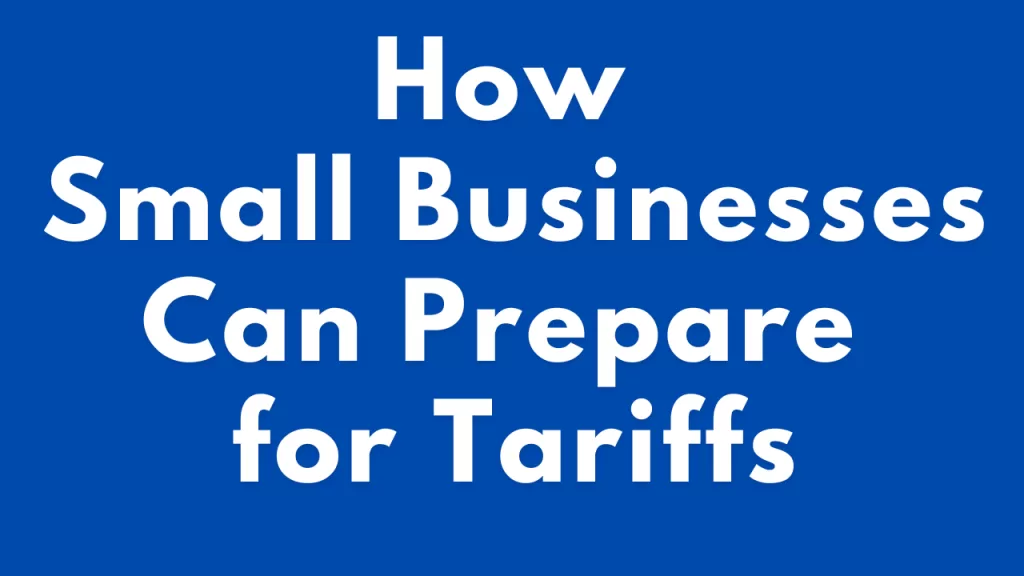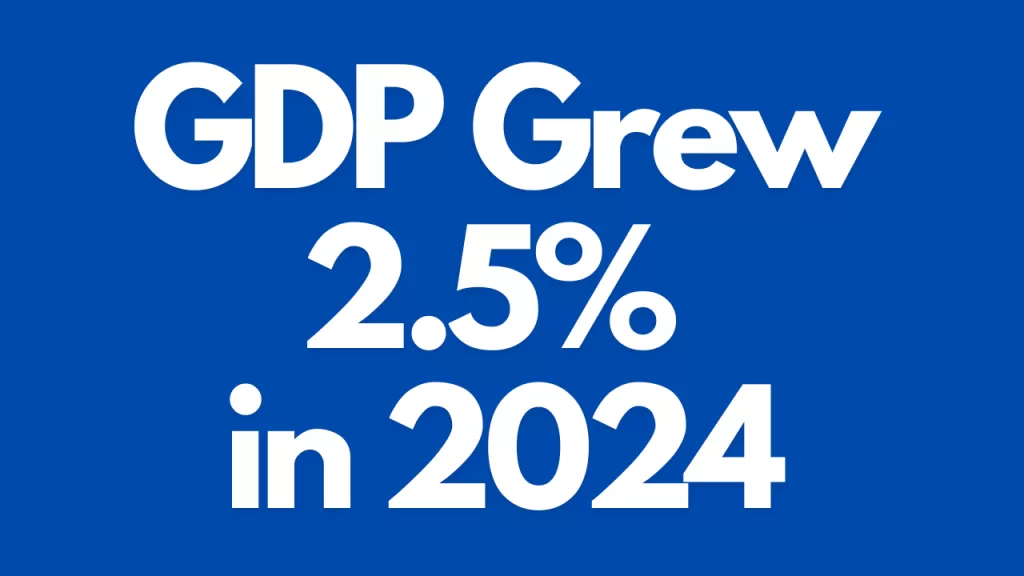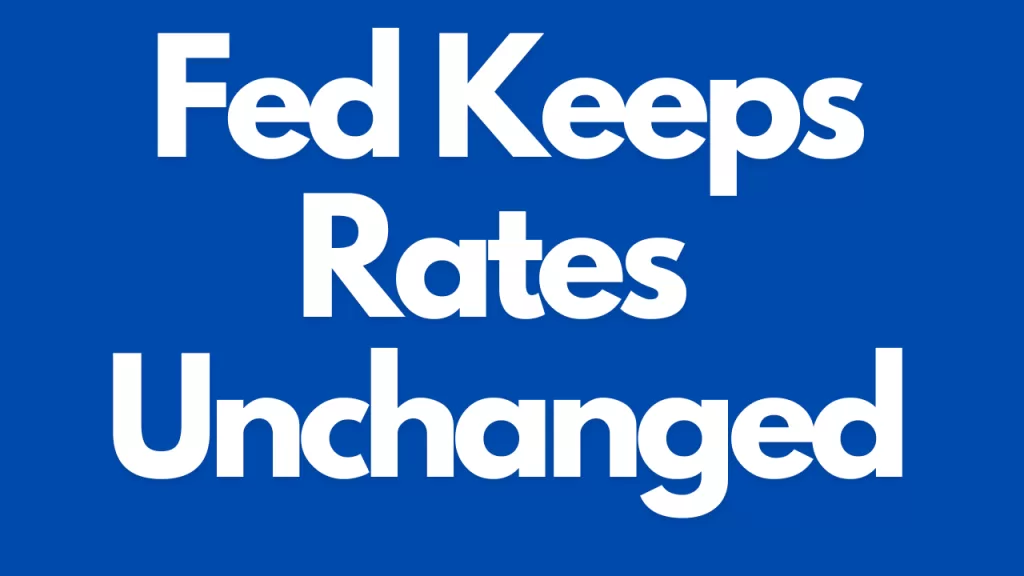I. Executive Summary
Dollar Tree’s agreement to sell its Family Dollar business segment to private equity firms Brigade Capital Management and Macellum Capital Management for approximately $1.01 billion 1. This transaction marks a significant development in the discount retail sector, particularly considering Dollar Tree’s initial acquisition of Family Dollar for over $8 billion in 2015 2. The sale comes after a decade of challenges in integrating and improving the performance of the Family Dollar chain under Dollar Tree’s ownership 2. The primary drivers for this divestiture include Family Dollar’s consistent underperformance and Dollar Tree’s strategic decision to refocus on its core Dollar Tree business 4. The acquisition by private equity firms signals a new direction for Family Dollar, with potential implications for its operational strategies and competitive positioning within the discount retail market 3.

II. Introduction: A Decade of Disappointment
In a landmark move in 2015, Dollar Tree Inc. acquired Family Dollar for more than $8 billion, outbidding rival Dollar General in a heated competition 2. The acquisition was intended to broaden Dollar Tree’s market reach, particularly by tapping into Family Dollar’s customer base in more urban areas, complementing Dollar Tree’s presence in middle-income suburbs 3. The expectation was that combining the two discount chains would create significant synergies and enhance their competitive standing. However, the subsequent decade proved challenging for Dollar Tree in its efforts to integrate and revitalize the Family Dollar brand 2. Family Dollar struggled to gain traction and faced numerous operational and financial headwinds, ultimately leading Dollar Tree to explore strategic alternatives, culminating in the current agreement to sell the business 2. This divestiture effectively unwinds a major strategic initiative undertaken by Dollar Tree, highlighting the complexities and challenges inherent in large-scale mergers and acquisitions within the dynamic retail landscape 1.
III. Confirmation and Details of the Acquisition
News of the impending sale became official on Wednesday, March 26, 2025, when Dollar Tree announced that it had entered into a definitive agreement to sell its Family Dollar business segment 1. The acquiring entities are a consortium of private equity firms, namely Brigade Capital Management, LP, and Macellum Capital Management, LLC 1. The transaction is anticipated to close later in the second quarter of 2025, subject to customary closing conditions and regulatory approvals 1. Following the acquisition, Family Dollar will maintain its headquarters in Chesapeake, Virginia 1. Several key advisors were involved in facilitating the transaction. J.P. Morgan Securities LLC served as the financial advisor to Dollar Tree, with Davis Polk & Wardwell LLP acting as their legal counsel 1. On the buyers’ side, Jefferies LLC served as the lead financial advisor, and RBC Capital Markets also provided financial advisory services in connection with the acquisition. Paul, Weiss, Rifkind, Wharton & Garrison LLP provided legal counsel to Brigade and Macellum 1.
IV. Financial Terms of the Acquisition
The reported purchase price for Family Dollar stands at approximately $1.01 billion, subject to customary closing adjustments 1. This figure represents a substantial write-down for Dollar Tree, which originally acquired the chain for over $8 billion, with some reports indicating a figure closer to $9 billion 1. The significant difference between the acquisition and sale price underscores the financial challenges and underperformance of Family Dollar under Dollar Tree’s ownership, effectively acknowledging a considerable loss on the initial investment 1. The financing for the acquisition is being provided by a consortium of financial institutions, including Wells Fargo, RBC Capital Markets, and WhiteHawk Capital Partners 3.
To illustrate the financial impact for Dollar Tree, the following table provides a comparison of the acquisition and sale details:
| Metric | Dollar Tree Acquisition (2015) | Sale to Private Equity (2025) | Difference |
| Date | July 6, 2015 | Expected Q2 2025 | – |
| Price | Over $8 billion | Approximately $1.01 billion | Approximately -$7 billion |
This stark contrast in valuation highlights the extent to which Family Dollar’s financial performance did not meet expectations under Dollar Tree’s management.
V. Reasons for Dollar Tree Selling Family Dollar
Several factors contributed to Dollar Tree’s decision to divest its Family Dollar business. Notably, Family Dollar had been experiencing mounting losses, prompting Dollar Tree to take decisive action to improve its overall financial health 5. Dollar Tree has been undergoing a “multi-year transformation journey,” and the company believes that selling Family Dollar will enable a greater focus on the growth and profitability of the core Dollar Tree brand 3. Dollar Tree CEO Mike Creedon emphasized that the sale will allow the company to “fully dedicate ourselves to Dollar Tree’s long-term growth, profitability, and returns on capital” 5. Furthermore, Creedon noted that Dollar Tree and Family Dollar are “two different businesses with limited synergies,” suggesting that the anticipated benefits of the merger did not fully materialize, and separating the entities would allow each to concentrate on its specific needs 8.
Family Dollar also faced significant challenges in the competitive landscape, struggling against established players like Walmart and Target, as well as the rise of fast-fashion retailers such as Temu and Shein 3. Operational problems, including supply chain issues, suboptimal store locations, and a value proposition that did not resonate strongly enough with consumers, further hampered Family Dollar’s performance 4. Additionally, the chain was negatively impacted by rising incidents of shoplifting, which eroded its bottom line 3. In an effort to streamline operations and address underperforming locations, Dollar Tree had already announced the closure of a substantial number of Family Dollar stores in the past year, including approximately 600 stores in the first half of 2024, with plans for further closures as leases expire 3.
VI. Plans and Strategies of the Acquiring Private Equity Firms
Brigade Capital Management and Macellum Capital Management have expressed their intention to revitalize Family Dollar as an independent enterprise 1. Matt Perkal, a partner at Brigade, stated that they look forward to “continuing and enhancing Family Dollar as its own enterprise,” expressing confidence in driving greater success and value for all stakeholders 1. A key element of their strategy appears to be bringing in experienced leadership with a deep understanding of the Family Dollar business. Duncan MacNaughton, who previously served as president and chief operating officer of Family Dollar, will assume the role of chairman as part of the deal 1. His prior experience is expected to be invaluable in guiding the company forward. Jason Nordin will continue in his role as Family Dollar’s president 3. Jonathan Duskin, CEO of Macellum, indicated that a “strategic plan” has been developed to reinvigorate the iconic Family Dollar brand, although the specific details of this plan have not been publicly disclosed 3. Both Brigade and Macellum have prior experience with retail investments. Macellum recently engaged in an activist investor campaign with Kohl’s, while Brigade invested in Guitar Center post-bankruptcy and was part of a bid to acquire Macy’s 3. These past involvements suggest a degree of familiarity with the challenges and opportunities within the retail sector.
VII. Potential Impact on the Discount Retail Market in the United States
The sale of Family Dollar could lead to several shifts within the discount retail market. By divesting Family Dollar, Dollar Tree can now concentrate its financial and operational resources on its core Dollar Tree business, which has demonstrated stronger performance, as evidenced by a 2.0% increase in same-store net sales in the fourth quarter of fiscal year 2024 22. This focused approach may enable Dollar Tree to further enhance its value proposition, expand its assortment, and accelerate its store growth initiatives, potentially strengthening its competitive position within its specific market segment 3.
Under the new ownership of Brigade Capital Management and Macellum Capital Management, Family Dollar is likely to undergo strategic changes aimed at improving its competitiveness. Given the historical issues with pricing, store locations, and operational efficiency 4, the private equity firms may implement measures such as store renovations, enhanced inventory management, more competitive pricing strategies, and a refined focus on its target customer base in urban and underserved areas 4. The appointment of a former Family Dollar executive as chairman suggests a deep dive into the existing operational framework to identify and address areas for improvement. However, the discount retail market will likely remain highly competitive, with Family Dollar continuing to face strong competition from Dollar General, Walmart, and the growing influence of online retailers and discounters 3. The planned and ongoing closure of Family Dollar stores could also have a localized impact, particularly in communities where these stores serve as a primary source for affordable goods 3.
VIII. Recent Financial Performance and Challenges of Family Dollar Under Dollar Tree’s Ownership
Family Dollar has faced considerable financial headwinds in recent periods under Dollar Tree’s ownership, experiencing consecutive quarters of losses due to decreasing consumer demand 5. While the stores initially saw some benefit as consumers grappled with rising costs, they struggled to maintain customer traffic amidst intense competition from various retail segments 5. Softer same-store sales were also attributed, in part, to unexpected costs arising from a recall of over-the-counter drugs and medical devices in numerous states in 2023 5. As part of a broader effort to streamline operations and improve profitability, Dollar Tree announced the closure of nearly 1,000 stores over the past year, with 600 Family Dollar locations shuttered in the first half of 2024, and an additional 370 Family Dollar stores slated for closure as their leases expire in the coming years 3. Beyond financial performance, Family Dollar has also faced criticism regarding poorly maintained stores and a lack of investment in necessary updates 18. Furthermore, stores in urban areas have been particularly vulnerable to high levels of retail theft and safety concerns, impacting profitability and the overall shopping experience 3. A significant setback for the brand was the discovery of a rat-infested warehouse, which led to negative publicity and a substantial financial penalty 4. The challenges faced by Family Dollar may have contributed to the decline in Dollar Tree’s share price, reflecting investor concerns about the segment’s performance 3.
To provide context, the following table summarizes key financial performance indicators for Dollar Tree’s continuing operations (excluding Family Dollar) for the fourth quarter and full year of fiscal year 2024:
| Metric | Q4 Fiscal 2024 | Full Year Fiscal 2024 |
| Net Sales | $5.0 billion | $17.6 billion |
| Same-Store Net Sales Growth – Dollar Tree | 2.0% | 1.8% |
| Operating Income | $534 million | $1.5 billion |
| Diluted EPS from Continuing Operations | $1.86 | $4.83 |
| Adjusted Diluted EPS from Continuing Operations | $2.11 | $5.10 |
This data, derived from Dollar Tree’s financial reports 22, indicates that the core Dollar Tree business has been performing relatively better than Family Dollar, likely contributing to the strategic decision to divest the underperforming segment.
IX. Expert Opinions and Analysis
Retail analysts have offered their perspectives on Dollar Tree’s decision to sell Family Dollar. Neil Saunders, an analyst at GlobalData, believes that “Dollar Tree has struggled for over a decade to make the business work,” citing issues such as supply-chain problems, poor store locations, and an insufficiently value-centric proposition 4. He concluded that “Basically, Dollar Tree bit off far more than it could chew” 4. Saunders also pointed out that Family Dollar’s pricing was not as competitive as many of its rivals, and its customer base lacked strong loyalty 8. Scot Ciccarelli, an analyst with Truist Securities, concurred that the efforts to turn around Family Dollar had consumed significant management attention and financial resources 8. Arun Sundaram from CFRA Research views the sale as a positive move for Dollar Tree, given the historically stronger sales, profitability, and cash flow of the Dollar Tree banner 13. A “Retail Industry Strategist” described the divestiture as a crucial strategic reset for Dollar Tree, effectively unwinding a challenging acquisition 1. However, Saunders also expressed skepticism about the ease with which Family Dollar’s problems can be resolved under private equity ownership, emphasizing the need for substantial investment and operational improvements 16.
X. Conclusion
Dollar Tree’s decision to sell Family Dollar to Brigade Capital Management and Macellum Capital Management for approximately $1.01 billion marks the end of a challenging chapter for the discount retailer. The significant write-down from the initial $8 billion-plus acquisition underscores the difficulties Dollar Tree faced in integrating and improving the performance of the Family Dollar chain. The primary drivers for the sale include Family Dollar’s sustained financial underperformance, operational challenges, and Dollar Tree’s strategic pivot to concentrate on its more successful core business.
Under new private equity ownership, Family Dollar is poised to embark on a new phase, with plans to reinvigorate the brand under experienced leadership. The involvement of former Family Dollar executives suggests a focus on addressing the operational issues and competitive weaknesses that plagued the chain under Dollar Tree’s management. However, the discount retail market remains intensely competitive, and the success of Family Dollar’s turnaround will depend on the effective implementation of strategic changes and a renewed focus on meeting the needs of its customer base. For Dollar Tree, this divestiture allows for a greater concentration of resources on its core business, potentially leading to enhanced growth and profitability. The long-term impact of this acquisition on the broader discount retail landscape will depend on the strategies and execution of both Dollar Tree and the newly independent Family Dollar. The communities served by Family Dollar will also be closely watching the changes under new ownership, particularly in light of past store closures and the importance of these stores in providing affordable goods in many urban and underserved areas.
Contact Factoring Specialist, Chris Lehnes
Works cited
- Dollar Tree Announces Agreement to Divest Its Family Dollar Business to Brigade Capital Management and Macellum Capital Management – Stock Titan, accessed March 26, 2025, https://www.stocktitan.net/news/DLTR/dollar-tree-announces-agreement-to-divest-its-family-dollar-business-wm68f04zh7rv.html
- Dollar Tree sells Family Dollar to private equity firms after a decade of trying to find a fit, accessed March 26, 2025, https://www.youtube.com/watch?v=0WDz7LME4A4
- Dollar Tree to Sell Family Dollar to Private Equity Firms for $1B – Commercial Observer, accessed March 26, 2025, https://commercialobserver.com/2025/03/dollar-tree-sale-family-dollar-brigade-macellum/
- Dollar Tree to sell Family Dollar for $1 billion a decade after buying it for more than $8 billion, accessed March 26, 2025, https://www.cbsnews.com/news/dollar-tree-sellling-family-dollar-1-billion-private-equity/
- Dollar Tree selling Family Dollar for about $1B – Fox Business, accessed March 26, 2025, https://www.foxbusiness.com/markets/dollar-tree-selling-family-dollar-about-1b
- Chesapeake-based Dollar Tree sells Family Dollar to private equity firms – YouTube, accessed March 26, 2025, https://www.youtube.com/watch?v=ZVcueiSXXoE
- Dollar Tree sells Family Dollar to private equity firms after a decade of trying to find a fit, accessed March 26, 2025, https://www.wcnc.com/article/money/business/dollar-tree-sells-family-dollar-private-equity-firms/275-4fb62923-8a44-491e-90e3-953293de3835
- Dollar Tree sells Family Dollar to private equity firms after a decade of trying to find a fit – ABC10, accessed March 26, 2025, https://www.abc10.com/article/news/nation-world/dollar-tree-family-dollar-sale/507-adec5bdc-7986-42f0-a130-e7be0d2a9a94
- Dollar Tree sells Family Dollar for $1B as store closures, price increases continue – NBC Chicago, accessed March 26, 2025, https://www.nbcchicago.com/news/local/dollar-tree-family-dollar-sale-store-closures-price-increases/3706677/
- Dollar Tree To Offload Family Dollar For About 11% Of Its Purchase Price – Bisnow, accessed March 26, 2025, https://www.bisnow.com/national/news/retail/dollar-tree-to-offload-family-dollar-at-about-11-of-purchase-price-128656
- Dollar Tree offloads Family Dollar chain for $1 billion, ending a decade-long effort to find a fit – Reddit, accessed March 26, 2025, https://www.reddit.com/r/business/comments/1jkhgmv/dollar_tree_offloads_family_dollar_chain_for_1/
- Dollar Tree to Sell Family Dollar Business to Private Equity Firms for $1 Billion, accessed March 26, 2025, https://shoppingcenterbusiness.com/dollar-tree-to-sell-family-dollar-business-to-private-equity-firms-for-1-billion/
- Dollar Tree offloads Family Dollar chain for $1 billion, ending a decade-long effort to find a fit, accessed March 26, 2025, https://apnews.com/article/dollar-tree-family-dollar-brigade-macellum-dfbeef22b260851cc1f95b6db9e93618
- Dollar Tree Divesting Family Dollar Business for Just Over $1 Billion – CSP Daily News, accessed March 26, 2025, https://www.cspdailynews.com/mergers-acquisitions/dollar-tree-divesting-family-dollar-business-just-over-1-billion
- Dollar Tree Announces Agreement to Divest Its Family Dollar Business to Brigade Capital Management and Macellum Capital Management : Dollar Tree, Inc. (DLTR), accessed March 26, 2025, https://corporate.dollartree.com/news-media/press-releases/detail/280/dollar-tree-announces-agreement-to-divest-its-family-dollar
- Dollar Tree to sell Family Dollar for $1 billion – CoStar, accessed March 26, 2025, https://www.costar.com/article/1761794420/dollar-tree-to-sell-family-dollar-for-1-billion
- Dollar Tree Sells Family Dollar to Private Investors for $1 Billion | PYMNTS.com, accessed March 26, 2025, https://www.pymnts.com/news/retail/2025/dollar-tree-sells-family-dollar-private-investors-1-billion-dollars/
- Dollar Tree to sell Family Dollar for $1 billion, a fraction of what it paid – CoStar, accessed March 26, 2025, https://www.costar.com/article/1761794420/dollar-tree-to-sell-family-dollar-for-1-billion-a-fraction-of-what-it-paid
- Inside Family Dollar’s Fall: Financial Struggles, Store Issues, and Future Uncertainty, accessed March 26, 2025, https://www.unboxify.in/blogs/business-finance/inside-family-dollars-fall-financial-struggles-store-issues-and-future-uncertainty
- Dollar Tree to sell Family Dollar for over $1 billion – Chain Drug Review, accessed March 26, 2025, https://chaindrugreview.com/dollar-tree-to-sell-family-dollar-for-over-1-billion/
- Dollar Tree to sell Family Dollar – Produce Blue Book, accessed March 26, 2025, https://www.producebluebook.com/2025/03/26/dollar-tree-to-sell-family-dollar/
- Dollar Tree, Inc. Reports Results for the Fourth Quarter Fiscal 2024, accessed March 26, 2025, https://corporate.dollartree.com/news-media/press-releases/detail/281/dollar-tree-inc-reports-results-for-the-fourth-quarter
- Dollar Tree, Inc. Reports Results for the Fourth Quarter Fiscal 2024 – Stock Titan, accessed March 26, 2025, https://www.stocktitan.net/news/DLTR/dollar-tree-inc-reports-results-for-the-fourth-quarter-fiscal-k9a3mqyjxqqo.html
- Investors : Dollar Tree, Inc. (DLTR), accessed March 26, 2025, https://corporate.dollartree.com/investors
- Brigade and Macellum to acquire Family Dollar in $1bn deal | Private Equity Insights, accessed March 26, 2025, https://pe-insights.com/brigade-and-macellum-to-acquire-family-dollar-in-1bn-deal/
- The Impact of Dollar Stores in Low-Income Communities – 4sgm Blog, accessed March 26, 2025, https://blog.4sgm.com/the-impact-of-dollar-stores-in-low-income-communities/
- 17 Problems: How Dollar Store Chains Hurt Communities, accessed March 26, 2025, https://ilsr.org/articles/17-problems/
- Rural towns and poor urban neighborhoods are being devoured by dollar stores | by Cory Doctorow | Medium, accessed March 26, 2025, https://doctorow.medium.com/rural-towns-and-poor-urban-neighborhoods-are-being-devoured-by-dollar-stores-4bc4c9113c92
- Dollar Stores in Small Communities: Are They a Good Fit for Your Town? (Issue 187, December 2018), accessed March 26, 2025, https://economicdevelopment.extension.wisc.edu/articles/dollar-stores-in-small-communities-are-they-a-good-fit-for-your-town-issue-187-december-2018/








